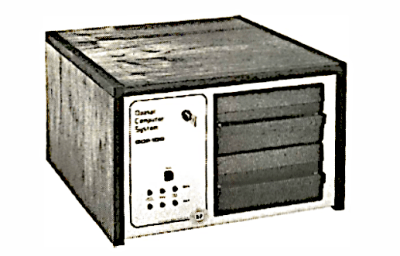There comes a moment in the life of any operating system when an unforeseen event will tragically cut its uptime short. Whether it’s a sloppily written driver, a bug in the handling of an edge case or just dumb luck, suddenly there is nothing more that the OS’ kernel can do to salvage the situation. With its last few cycles it can still gather some diagnostic information, attempt to write this to a log or memory dump and then output a supportive message to the screen to let the user know that the kernel really did try its best.
This on-screen message is called many things, from a kernel panic message on Linux to a Blue Screen of Death (BSOD) on Windows since Windows 95, to a more contemplative message on AmigaOS and BeOS/Haiku. Over the decades these Screens of Death (SoD) have changed considerably, from the highly informative screens of Windows NT to the simplified BSOD of Windows 8 onwards with its prominent sad emoji that has drawn a modicum of ridicule.
Now it seems that the Windows BSOD is about to change again, and may not even be blue any more. So what’s got a user to think about these changes? What were we ever supposed to get out of these special screens?
Continue reading “Screens Of Death: From Diagnostic Aids To A Sad Emoji”


















